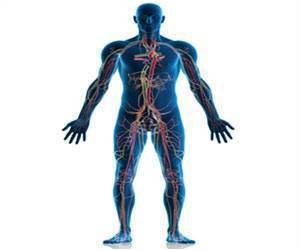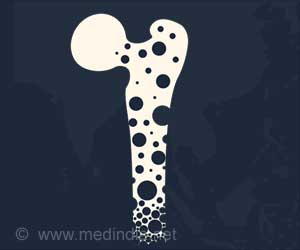Image-guided ENT surgery is set to revolutionise traditional surgical techniques in India by providing a precise treatment guidance system that can help ensure the safety of vital structures, while providing the best outcome for patients.
KKR ENT Hospital and Research Institute, a private institution based in the South Indian Metropolis Chennai, has unveiled an Image Guided Computer Assisted Navigation Machine for ENT surgery, which it claims is the first of its kind in India.“Most ENT surgeries are done through small passages and cavities, be it the ear, nose or throat. Image guided surgery helps navigate these small passages and is especially useful to improve results of surgeries in the nose, sinus and middle ear,” says Dr Ravi Ramalingam, managing director, KKR ENT Hospital and Research Institute. The machine can be used for middle ear surgery, facial nerve surgery, skull base surgery, surgery for acoustic neuroma and a host of other surgeries.
Explaining the procedure, he said: “Prior to an image-guided operation, the patient undergoes diagnostic testing such as a Computed Tomography (CT) scan or Magnetic Resonance Imaging (MRI). These images are then converted into 3D images showing the patient’s organs, muscles, tissue and nerves.
This is the information surgeons use to plan the operation. When surgery begins, the 3D images are synchronized with real-time information provided by Light Emitting Diode (LED) cameras within the operating room. By matching the pre-surgery information to the patient’s real anatomy, surgeons can manipulate the view to see precisely what they need to see. It also allows them to track instruments during the surgery, including the position of the instrument and the angle at which it is entering the body — side to side, up and down and back and forth — with tremendous precision.”
Using a technology similar to a global positioning system (GPS), Image Guided Surgery (IGS) provides the surgeon the ability to see a patient’s anatomy in three dimensions and accurately pinpoint a location in the brain or spinal cord with the aid of diagnostic images like CT and MRI.
The IGS, according to Ramalingam, can be compared to the location and directional tracking systems used for cars and ships today -- it is, in effect, a GPS system for the surgeon. “Much as the driver of a car uses the GPS system to find the way on the road, the surgeon depends on these images to confirm the position of his or her instruments in the patient's body. As the surgeon moves an instrument in the body, its position is precisely calculated.
Advertisement
Ultimately, using navigation helps the surgeon accurately detect where he or she is working in the patient’s body at every moment during surgery.
Advertisement
The precise technology can also mean better long-term results and decrease the need for repeat surgeries.
Source-Medindia
SK/J







